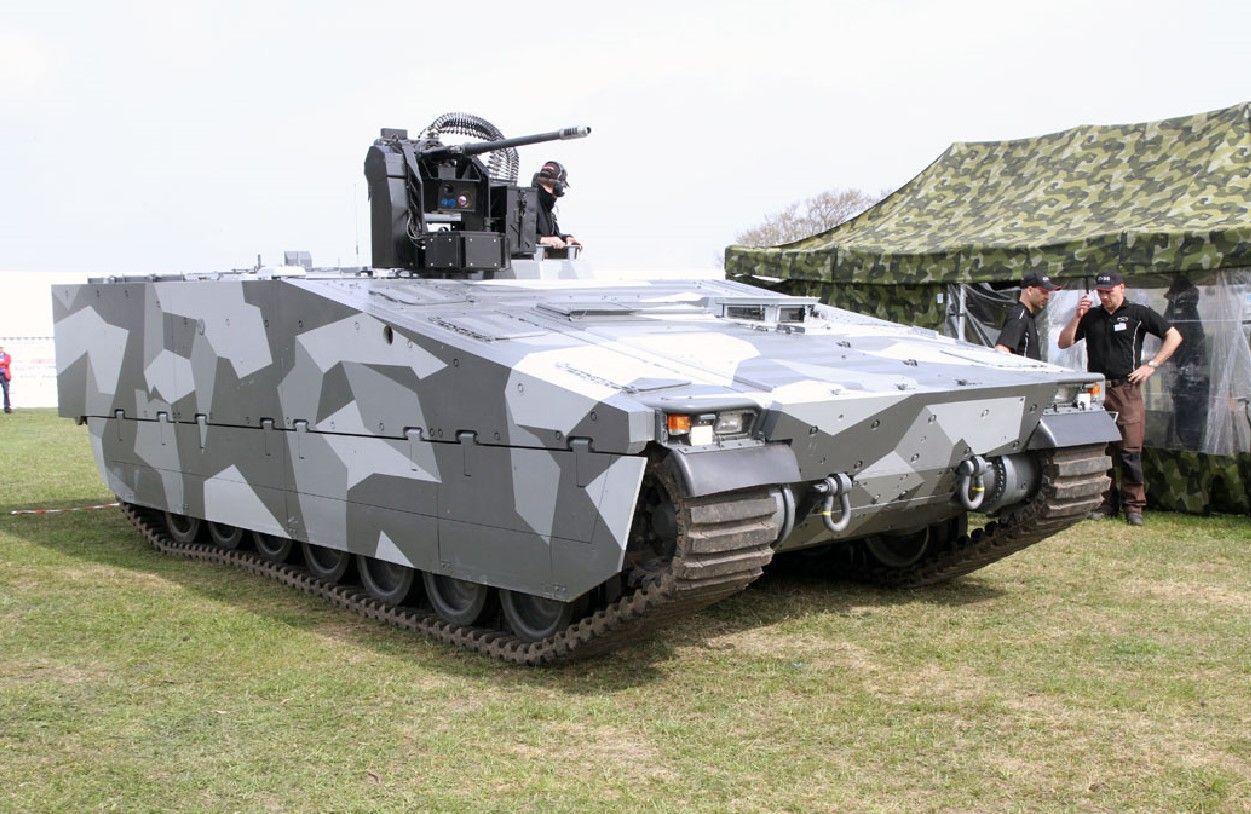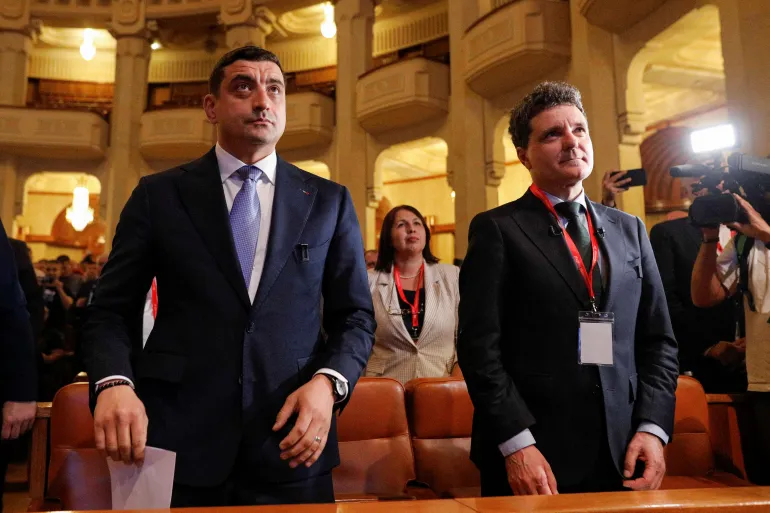The Netherlands has officially launched the search for a new generation of Armoured Personnel Carriers (APCs) to equip its 13th Light Brigade, signaling the country’s commitment to modernizing its ground forces in response to evolving battlefield requirements and NATO obligations.
The announcement was made by the Dutch Ministry of Defence, which published a request for proposals as part of its strategic modernization plan. The procurement is intended to replace the aging YPR-765 vehicles, which have been in service for decades and are now considered insufficient to meet modern operational demands.
According to defense officials, the new APCs will form a critical component of the 13th Light Brigade’s transformation into a fully mechanized formation. The vehicles will need to be compatible with current NATO standards, offer enhanced mobility, protection, and digital integration, and serve in diverse environments including urban, mountainous, and expeditionary settings.
In a public statement, the Ministry of Defence said, “We are looking for a platform that offers superior protection and battlefield awareness, while ensuring flexibility in mission roles and interoperability with allied forces.”
The Netherlands has emphasized the need for APCs that can accommodate modern communication systems, advanced sensor suites, and remote weapon stations. The selected platform is also expected to include variants capable of performing command, medical evacuation, and engineering support roles.
While specific numbers have not been disclosed, analysts expect the procurement could involve several hundred vehicles, depending on the configuration and capabilities selected. The program is expected to be worth hundreds of millions of euros and is part of a broader investment trend across Europe, as countries increase defense spending in response to the war in Ukraine and heightened geopolitical tensions.
The 13th Light Brigade, headquartered in Oirschot, has long served as one of the Royal Netherlands Army’s key operational units. Transitioning the brigade into a fully mechanized force is seen as critical to fulfilling NATO rapid response capabilities and improving interoperability with other allied units, particularly Germany’s Bundeswehr, with whom the Netherlands has deepened military cooperation.
The current YPR-765 fleet is based on the American M113 design and, while upgraded over the years, has significant limitations in terms of protection against mines and improvised explosive devices (IEDs), as well as insufficient mobility compared to newer armored platforms.
Possible contenders for the Dutch APC contract could include proven models such as the German Boxer, the American Stryker, the Patria AMV from Finland, and France’s VBMR Griffon. The Netherlands already operates Boxer vehicles in other roles, which may offer logistical and training advantages, though the MoD has not indicated any preferred manufacturer.
Defense analysts note that the Netherlands’ move reflects a broader European trend toward force modernization and modular battlefield capabilities. Since the Russian invasion of Ukraine in 2022, several NATO countries have accelerated efforts to upgrade their armored fleets, prioritizing survivability, firepower, and digital integration.
In addition to hardware, the Ministry of Defence is also focusing on training, doctrine updates, and maintenance infrastructure to support the integration of the new vehicles into operational units.
The timeline for procurement remains flexible, with initial evaluations set for late 2025 and a contract award expected in 2026. First deliveries could begin as early as 2028, according to initial projections.
As geopolitical tensions persist and Europe strengthens its military readiness, the Netherlands’ decision to invest in new APCs reflects a commitment not only to national defense but also to collective European security and NATO preparedness. The modernization of the 13th Light Brigade is expected to significantly enhance the Dutch Army’s mobility, survivability, and mission effectiveness in future conflict scenarios.
Source: Militarnyi


